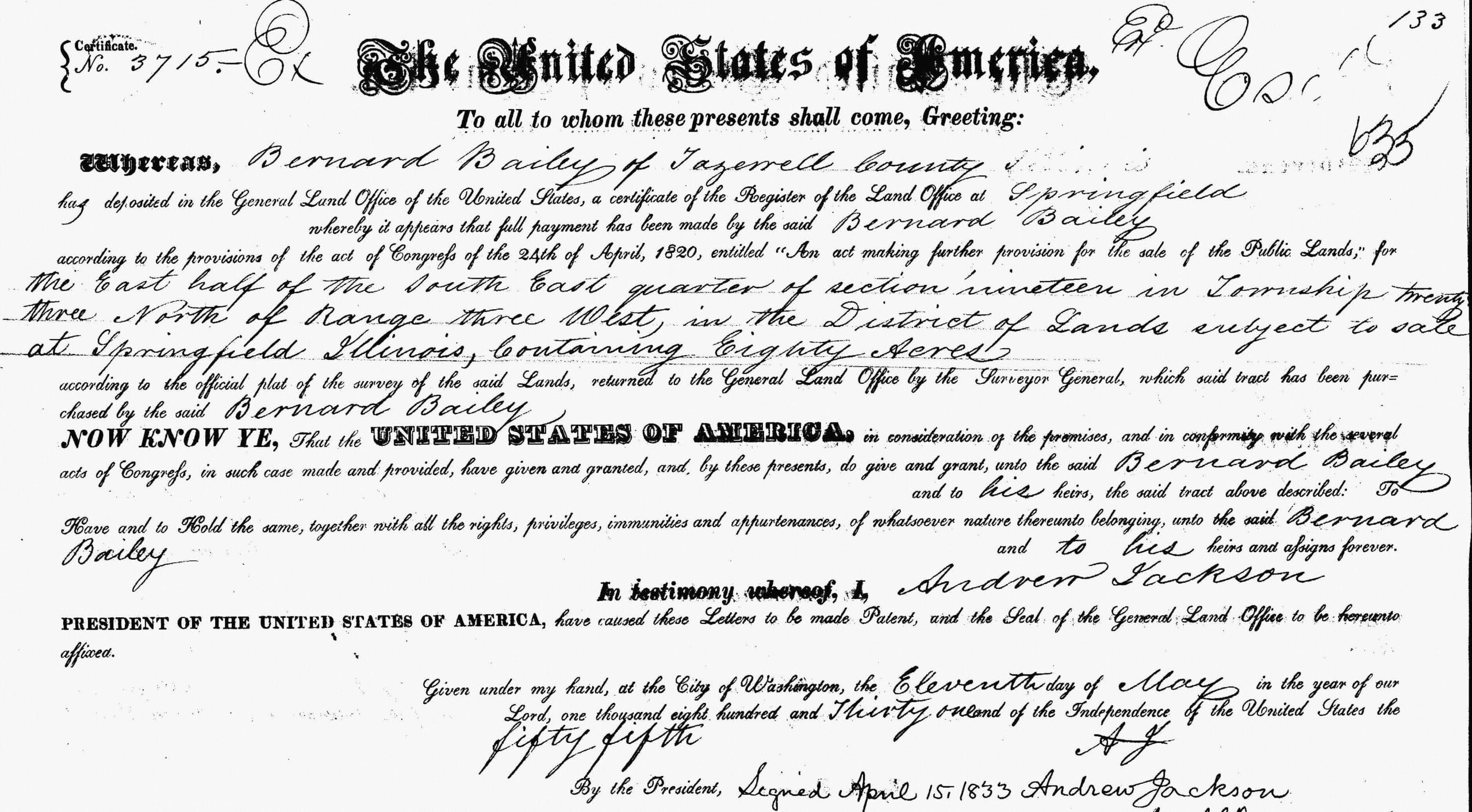A few weeks ago this column spotlighted the old Smith Wagon Company which operated a wagon, plough, and carriage factory at the corner of Third and Margaret streets in Pekin until the early 1900s. As we recalled in the previous column, the company was founded by the Smith brothers, a family of German immigrants who came from Hamsverum in Ostfriesland (today in northwestern Germany) and settled in Pekin in the mid-19th century.
As the family business grew more prosperous, several other business ventures were spun off, including a local bank. The bank’s first president was D. C. Smith (1840-1914), youngest of the Smith brothers, who is the subject of this week’s column. His full name was Dietrich Conrad Smith, and his parents were Conrad H. Smith (Coenraad Smid) and Margaret van der Velde. In addition to his involvement in his family’s businesses, D. C. Smith also was wounded in battle as a Union officer in the Civil War, afterwards being elected successively to the Illinois General Assembly and to the U.S. House of Representatives.

After his election to the U.S. Congress, a short biographical sketch of his career was published in Phineas Camp Headley’s 1882 “Public Men of To-Day,” pages 569-70. The sketch reads as follows:
“The Thirteenth Congressional District of Illinois is represented in the National House of Representatives by Dietrich C. Smith, of Pekin, who was born in Hanover, Germany, April 4, 1840. He is of Dutch-German extraction, and came to this country with his parents in the year 1849. Having availed himself of the advantages of the common schools and of more or less private tutorage, in which he prepared himself for his subsequent classical course, be entered Quincy College, Illinois, at which institution he graduated.
“At the breaking out of the Civil war, having just reached his majority, he entered the Union army with the Eighth Illinois Volunteer infantry, a ‘three-months’ regiment, and re-enlisted for a term of three years in the following July. He was engaged in the battles of Fort Henry and Fort Donelson, and was severely wounded in the battle of Pittsburg Landing, which compelled him to resign his commission of Second Lieutenant of Company ‘Y,’ which he then held. He subsequently returned to the service as Captain of Company C of the 139th Illinois Volunteer infantry, and served until the expiration of the regiment’s term of enlistment.
“In 1863 Captain Smith became a member of the firm of Smith, Velde & Co., of Pekin, and three years later a partner in the firm of Teis, Smith & Co., bankers, of that city, and has continued that business connection to the present time. He is also a member of the firm of T. & H. Smith & Co., and Smith, Hippen & Co., the Pekin Plough Company. He has also been interested in several railroad corporations, as officer, director, and member of a construction company. Captain Smith has been for a long time prominent in Sabbath-school work in his county and throughout the State; also in the educational enterprises of the German Methodist Episcopal Church of the West; and he is now President of the Board of Trustees of the German College, at Mt. Pleasant, Iowa.
“He has been honored by the people with the offices of Alderman, School Inspector, Supervisor, and
Member of the General Assembly of Illinois. While in the State Legislature he interested himself especially in measures looking to the improvement of the water-ways by the government, and generally in all matters of public importance. He was elected to the Forty-seventh Congress, as a Republican, by a vote of 16,431 against 16,113 for his Democratic Greenback opponent.”
Additional biographical details may be found at his Find-A-Grave memorial, in an essay written by Russ Dodge, senior Find-A-Grave curator and administrator. Dodge provides further information on D. C. Smith’s military service during the Civil War, and adds the following note on Smiths’ post-war career:
“After the war Dietrich Smith became a successful banker and financier, and invested in construction and administration of railroads. He served a term in the Illinois State Legislature, then was elected as a Republican to represent Illinois’ 13th Congressional District in the United States House of Representatives, serving from 1881 to 1883. Defeated for the seat by William McKendree Springer in 1882, he returned to his banking career in his hometown of Pekin, Illinois, where he passed away in 1914.”
Various family trees at Ancestry.com, including the “Goodrich/Ward/Smith/Walker Family Tree,” indicate that after returning from the war, D. C. Smith married Caroline “Carrie” Pieper (1844-1923), with whom he had a family of nine sons and three daughters. They lived at a grand mansion with ample room for a family of 14, located at 405 Willow St. Their home still stands today, though it is no longer the grand structure it once was. Rob Clifton’s 2004 volume, “Pekin History: Then and Now,” explains that the home formerly had a large second story and a third-story tower, but after a fire the house had to be rebuilt as a single-story building. D. C. Smith died April 18, 1914, and was buried in Lakeside Cemetery, Pekin. After his death, Pekin attorney and judge William Reardon “bought the [Smith] home for his bride, who dreamed of living in the home many years prior to moving in,” Clifton says. A lithograph of the D. C. Smith mansion was printed in the 1873 “Atlas Map of Tazewell County.”













